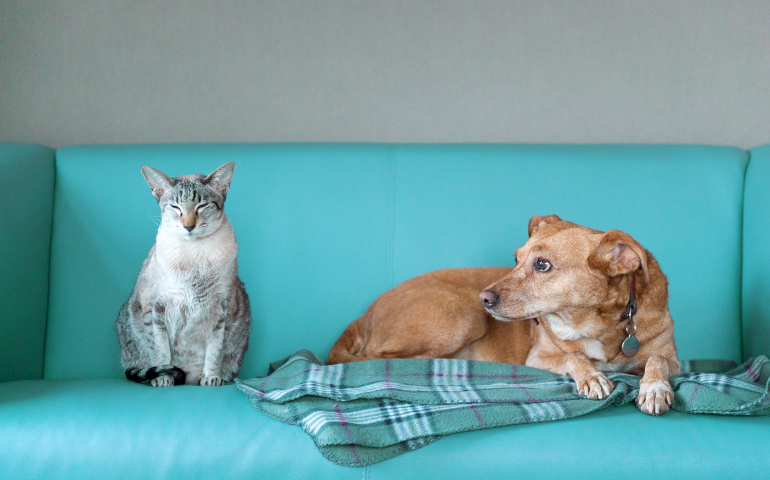
Just like us, in order for your pet to see clearly, light must be able to pass through the lens of an eye without obstruction. A cataract is an eye condition where the lens becomes cloudy and causes vision impairment. We’ve put together a guide to help you spot cataracts in your furry friends.

What are the causes of cataracts in dogs and cats?
Cataracts can be caused by several factors. The most common are age, diabetes, genetics, eye infections, eye injuries or trauma.
Symptoms
Generally, cataracts can’t be prevented, but you might see some changes in your pets’ eyes, such as:
- Reduced vision – They might bump into objects more than usual
- Opaque eyes – Fully-developed cataracts will give your pets eye an opaque appearance
- Eye discolouration – Your beloved pooch’s eye might start to look cloudy or have a light blue tint
If you notice any changes in your little buddy’s eye colour, you should take them to the vet straight away.
Diagnosis and treatment
Your vet will conduct an eye examination which helps to identify if there is a cataract present, or if there is an alternative condition such as nuclear sclerosis. They’ll be able to determine the extent of any possible problems and advise on how to help manage it.
We’ve created an infographic below with some snappy facts. If you’d like to know more about other eye conditions that can affect your pampered pets, why not read our articles on cherry eye or entropion?